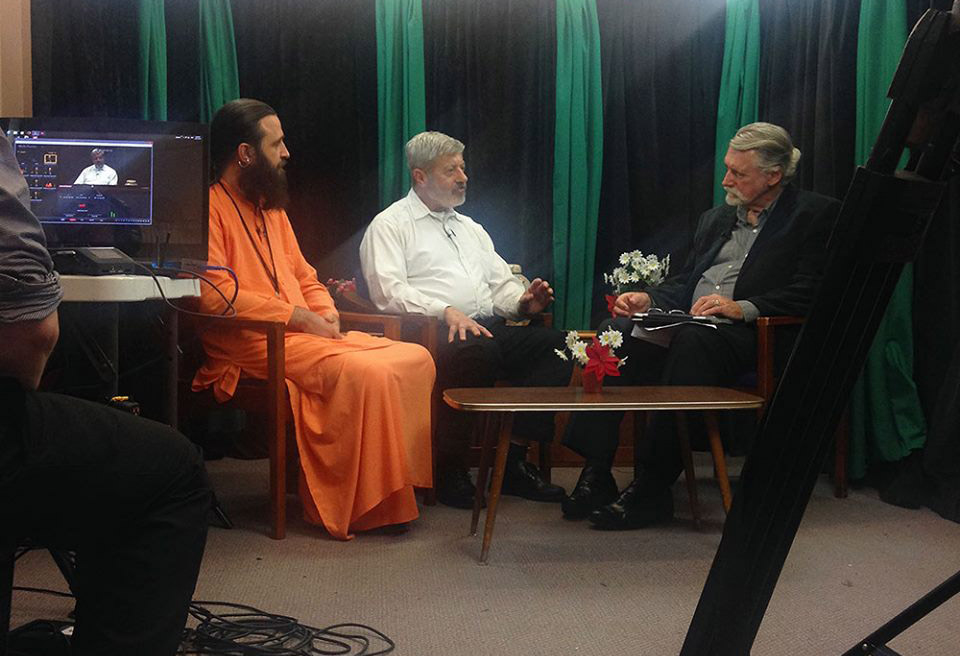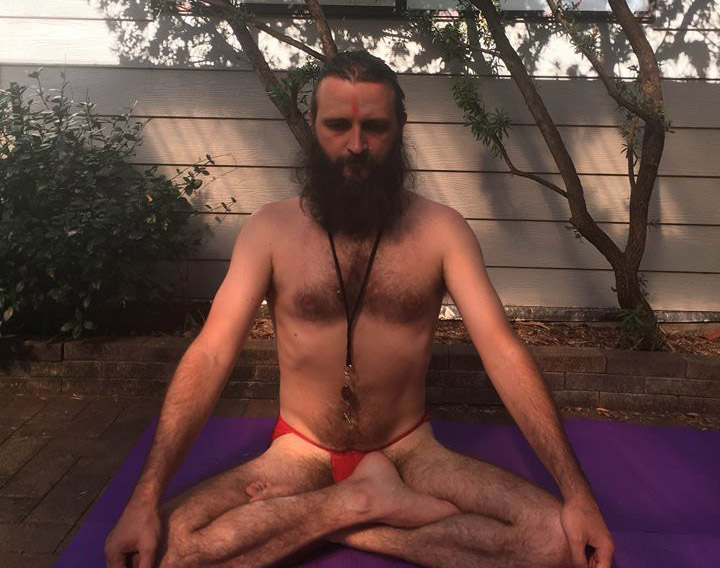Why do the three famous bandhas, that are often used in prāṇāyāma, have the following names: jālandhara-bandha, uḍḍiyāna-bandha, mūla-bandha?
Personally, I believe that these names in haṭhayoga, like many other things, could come from tantrism. The aim of these bandhas in yoga is to unite the prāṇas within the suṣumṇā channel, which leads to the control of prāṇa and consciousness (i.e. contemplation). There are four famous śaktipīṭhas in tantrism, such as kāmarūpā, jālandhara, uḍḍiyāna and pūrṇāgiri. Many tantras describe them not only as geographical places in India and as those that are in the central triangle of yantras, but also as located in our body, in various cakras. For example, kāmarūpā, which is associated with Satī’s yoni (one of the main places for tantra practitioners) is located in Guwahati of Assam State. In a way, this is the main place for tantrikas and śaktas, so when we say ‘mūla‘, we can translate this as “root” and as “main.” According to Yoga-cūḍāmaṇyupaniṣad (7), Gorakṣa-śatakam (10), Sidhda-sidhdānta-padhdati (2-1) and a number of other texts, this pīṭha in our body is in the area of mūlādhāra-cakra. This fully corresponds to what associated with mūla-bandha.
Take other examples with pithas, for example, in Kaulajñānanirṇaya (8.20-22) jālandhara-pīṭha is located in the root cakra, although according to the SSP, it is located in the head region. In any case, jālandhara-bandha is what directs upward the flow of prāṇa going into the cakras, like uḍḍiyāna-bandha, which means the movement of prāṇa in suṣumṇā and upwards. Obviously, it is connected with uḍḍiyāna-pīṭha, regardless of the fact that different texts have it in different ways. This special pīṭha in tantrism, the center of any yantra, is also venerated by the Gurus, from whom comes the tradition in which this practice is used. For Buddhists, this is also a very significant place where many great masters came from. If we talk about ājñā-cakra, then it means “following the will of the Guru“, his transmission. But, for this we must direct ourselves from the bottom up to him. This is the dissolution of their lower nature in the Divine, thereby sublimating this nature. Of course, when we do uḍḍiyāna-bandha, we work on the entire abdomen, lifting prāṇa up through suṣumṇā. The fourth, pūrṇāgiri-pīṭha, is also located differently according to different texts, somewhere in the crown of the head, somewhere in anāhata-cakra, etc. It means the completeness arising from the fusion of different energies. Usually, pīṭhas in tantrism, as sacred places in India, are associated with the performance of some sacred processes in our body. If we say this in relation to yoga, then our fragmented, imperfect vital energy (asiddha-prāṇa) becomes perfect (siddha-prāṇa) when it makes a “pilgrimage” to different areas within suṣumṇā. Thus, we are immersed in dhyāna within ourselves.








